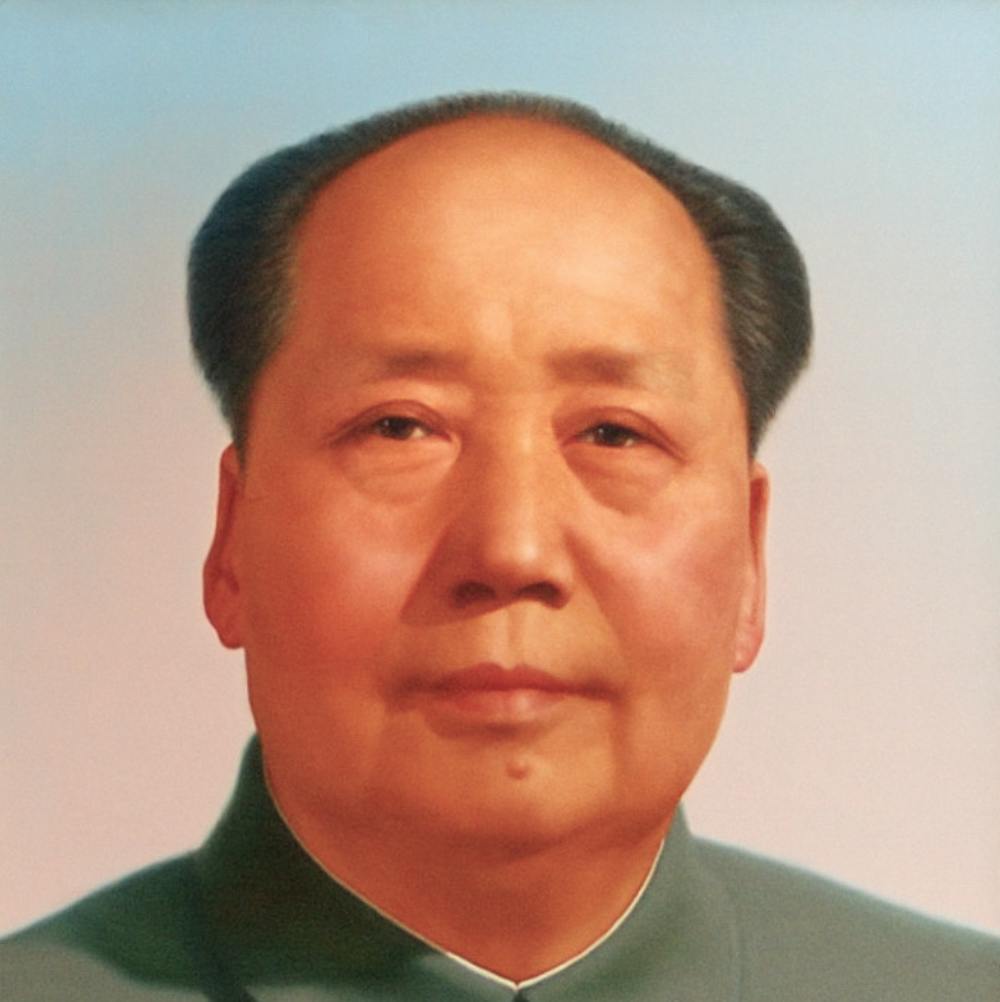“Why does he want his face there?” I asked my parents.
I forgot what they said, so here I am, 13 years later, skimming through Wikipedia entries on Chinese history in the late ‘60s.
The answer to my question can be found in this story about some mangos.
Once upon a time, on Aug. 5, 1968, Pakistani Foreign Minister Mian Arshad Hussain met Chairman Mao and gave him a gift basket of mangos. But Mao didn’t really like mangos, so he re-gifted them to his entourage, the Capital Worker and Peasant Mao Zedong Thought Propaganda Team (I will abbreviate this group as the CW&PMZTPT).
And then everyone, collectively and in true communist fashion, went absolutely bananas for these mangos.
Here is some background. By 1966, the People’s Republic of China had been around for 17 years, and it wasn’t really a good time for the people of China in the aftermath of the Second Sino-Japanese War and the Chinese Civil War. There was also the terribly ironically named Great Leap Forward. Mao needed a way to reassert his control, so as any good autocrat does, he purges society and starts a Cultural Revolution.
And so began a lot of party indoctrination, iconoclasm and violence, and what ended up happening was that a group of college-age youth, known as the Red Guard, became even more infatuated with Mao than our generation has with Bernie Sanders (mark Nov. 17 on your calendars). And like over-zealous Sanders supporters, the Red Guard became a violent force of populism out of its creator’s control.
So Mao created the CW&PMZTPT as a group of around 30,000 peasants to go to college campuses to tell the kids to simmer down. After fights which involved spears and sulfuric acid, the CW&PMZTPT was successful, and Mao gave them a thank-you gift basket of mangos.
The thing was that no one knew what mangos were until their divine supreme leader gave them out in the August of 1968. But people saw that they were a brilliant yellow fruit. They were gold just like gold. They were yellow like the emperor’s robe. They shined like the sun and the sun shined Mao’s benevolence over all of China.
The People’s Daily, the media mouthpiece of the Chinese Communist, then wrote this story.
“People immediately gathered around the gift given by the Great Leader Chairman Mao,” the newspaper wrote. “They cried out enthusiastically and sang with wild abandonment. Tears swelled up in their eyes, and they again and again sincerely wished that our most beloved Great Leader Chairman Mao lived ten thousand years without bounds, ten thousand years without bounds, ten thousand years without bounds!”
No one really receives a fruit gift basket from an authoritarian leader all that often, so the people scrambled to preserve the moment. Although sources differ on the total number of mangos, there was definitely not enough for everyone in China, so they all had to figure out a way to spread Mao’s mango love to everyone.
They had one mango in a jar of formaldehyde for preservation. That didn’t really work. Then they mass produced wax replicas of mangos to be kept like religious icons in shrines. There were parades for mangos. One of the mangos was peeled and boiled in a giant vat of water. Then the workers of the factory lined up one morning to each take a spoonful of the diluted mango water in a state-sanctioned fruity Eucharist.
Here is an excerpt from a poem about these mangos.
“Seeing that golden mango / Was as if seeing the Great Leader Chairman Mao!
Standing before that golden mango / Was just like standing beside Chairman Mao!”
The mangos were no longer mangos. They had transubstantiated and were revered with a religious fanaticism. And Mao achieved and maintained apotheosis, the act of becoming a god.
So why does he want his face there hanging off of the entrance to the Forbidden Palace? Because the people wanted his face there. Because he wanted the people to want his face there. Because when you are intimately messing with the lives of the people of the most populous country on Earth, you better have the power of a leviathan. Or at least make it appear so. Using mangos as pseudo-religious relics for your cult of personality helps out a bit.
My original theory as a five year old was that there was nowhere else suitable to hang such a big portrait, and in retrospect, that theory is also pretty reasonable.






